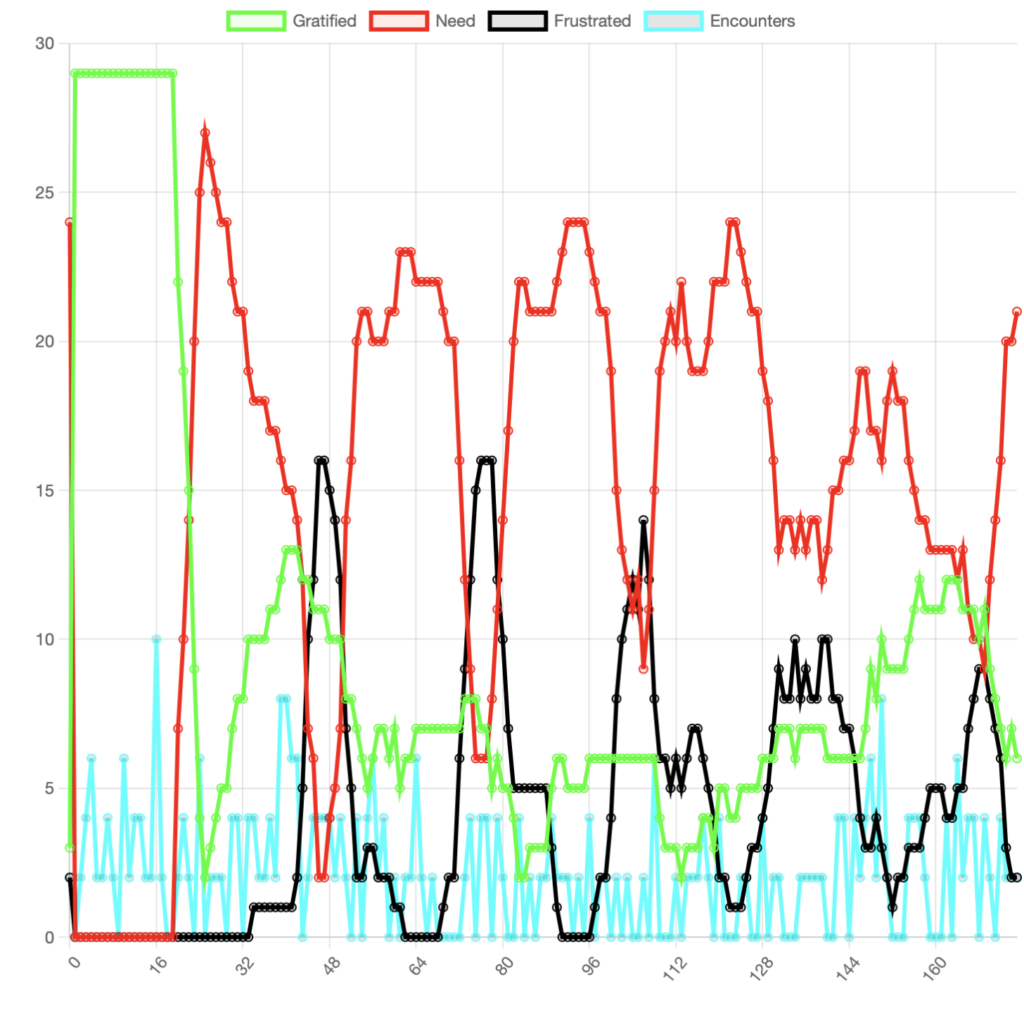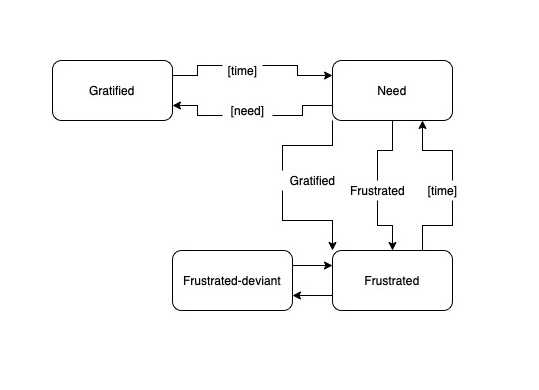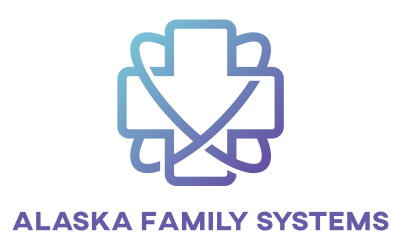Here is an experimental agent model of the first two paragraphs of Jack Calhoun’s Mythematical Pool Game, published in his article Space and the Strategy of Life, 1971. It is made freely available so that anyone can experiment with some of the theoretical variables that Calhoun’s research suggested determined key characteristics of collective behavior in the rat populations he studied. It does only cover the first two paragraphs of Calhoun’s two-age description, but even these two first paragraphs contain a number of useful variables.
Click here to try out the model.
The main goal of this particular model is to demonstrate how software models of emotional systems can be used to test out simulations against key independent variables. This is the first model to be built for the linked rich theoretical traditions of Calhoun and Bowen. Having some kind of an example of a tangible simulation model of such rich theoretical ideas is important to show how these theories can be formalized toward demonstrable evidence of theoretical concepts.

Also, there is substantial conceptual overlap between this model and the concepts in Bowen Theory. It includes a finite state machine describing the discrete changes between states having to do with comfort; gratification, need, frustration, very frustrated. The chances of interaction are random in order to control for these variables, though this would change given the rules of the frustration states.

Take a look at the model, play around, and see what you observe at the level of emergent property. That is, see if you can tweak the independent variables in such a way as to produce certain patterns over time; all frustrated, all needy, all gratified, no pattern, etc. Click the “About” button at the top for a comprehensive description of the model. It includes some goals described by Calhoun.
Later versions will be published with the remaining paragraphs, but this is a start. Calhoun’s descriptions are directly portable into a software model. It is comprised of distilled descriptions of object rules that can be translated into computer code.
Bowen’s descriptions are not as portable to code. It isn’t yet clear why this is. It could be because the rules are not clear enough, not objective or falsifiable enough, are too complex to visualize, or that the right software engineer has not read them yet. But it is an open and important question as to what similar rules would be, and what similar software simulation models would look like.
This is an essential task for the development of Bowen Theory into become a scientific theory – the definition of these rules.
- Source code for this model of the Mythematical Social Pool Game.
- Project Mesa, the excellent python / html5 agent modeling toolkit.
